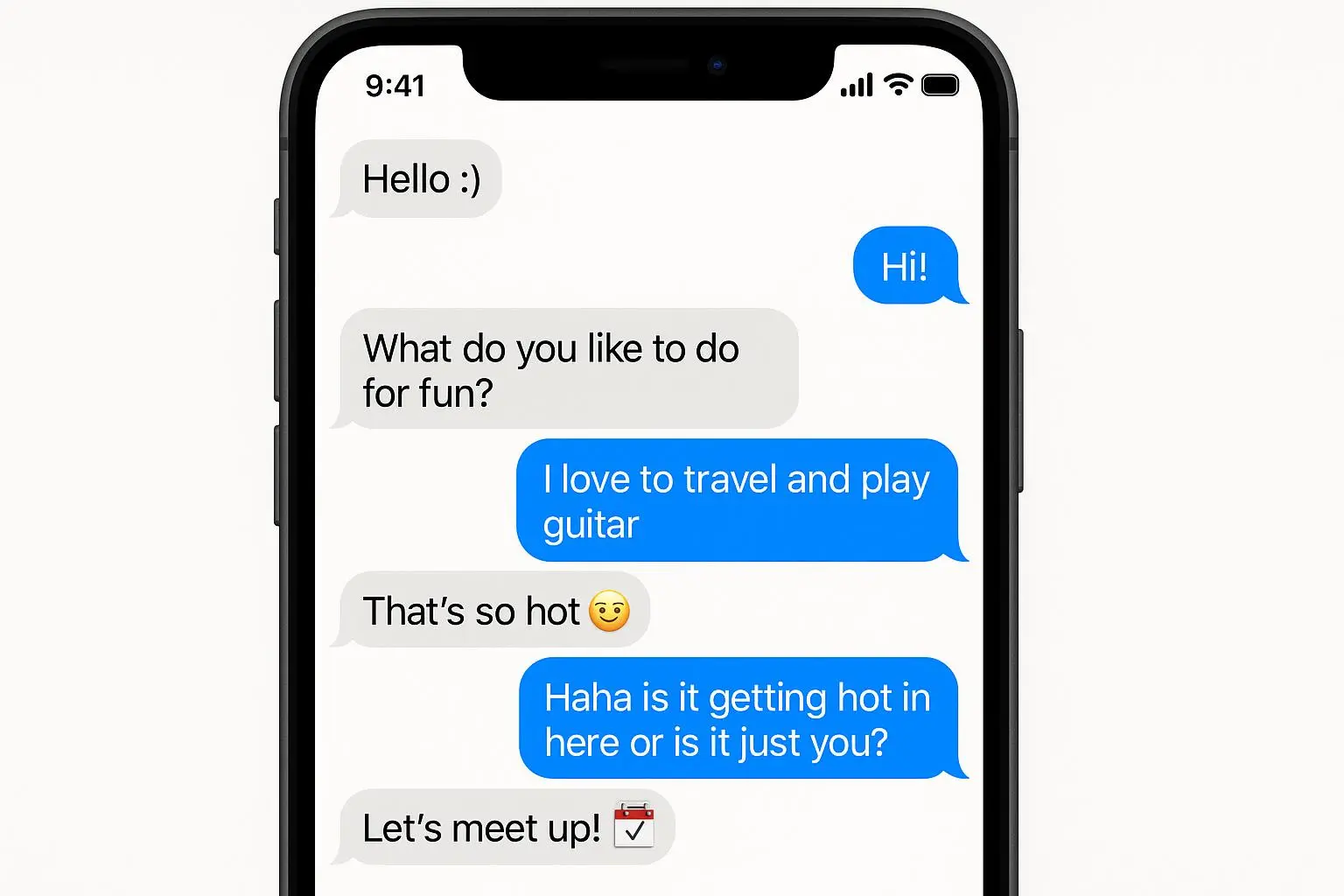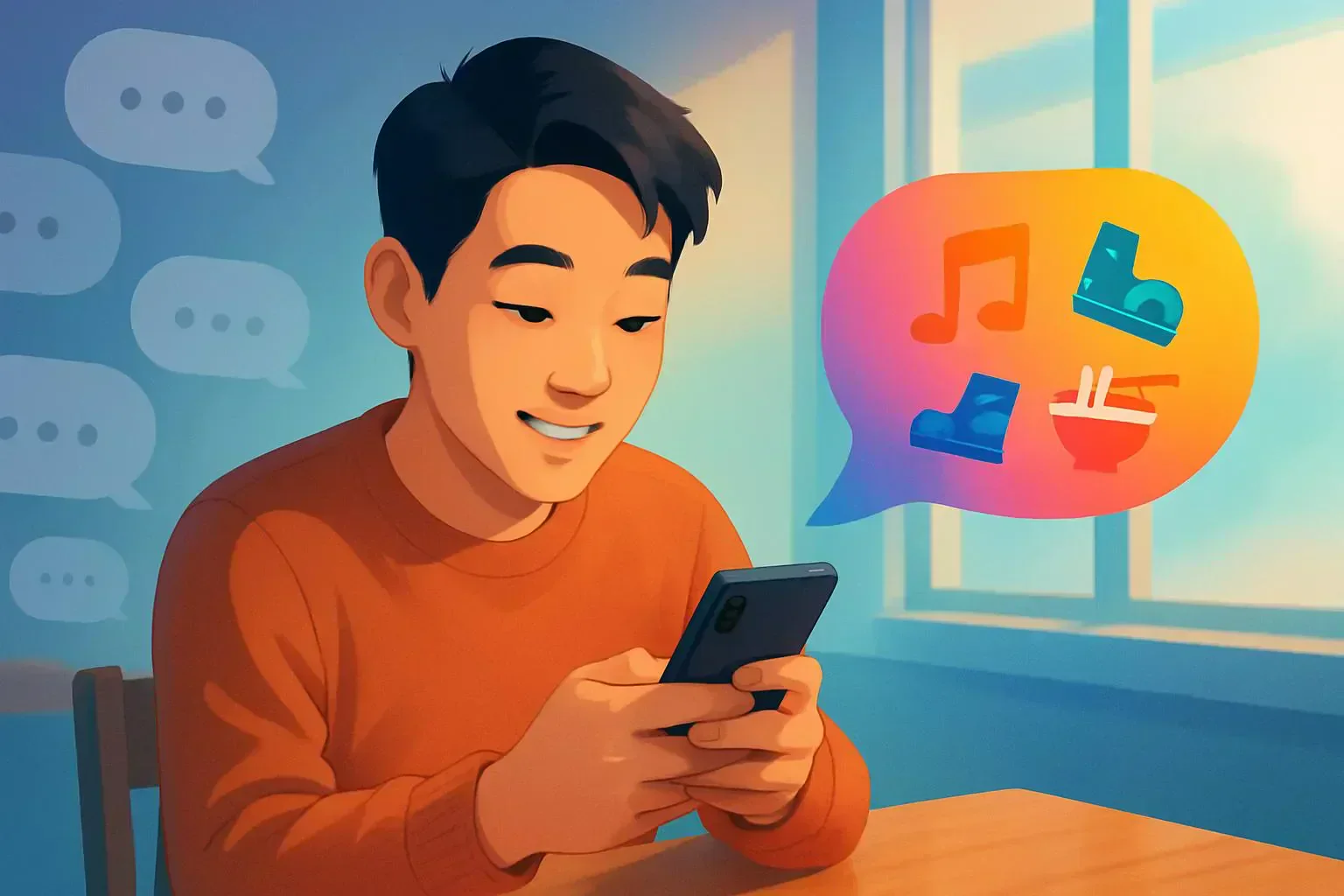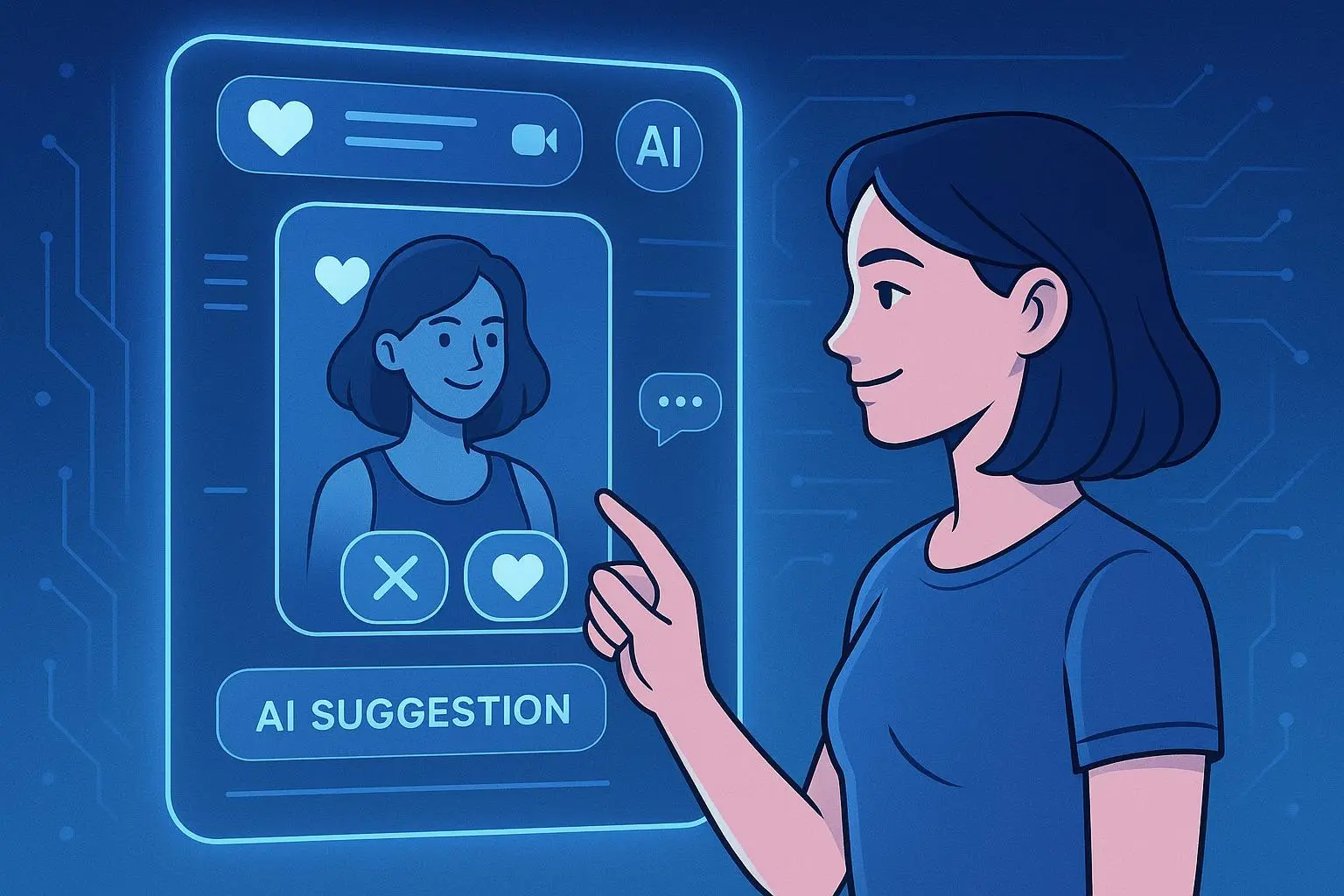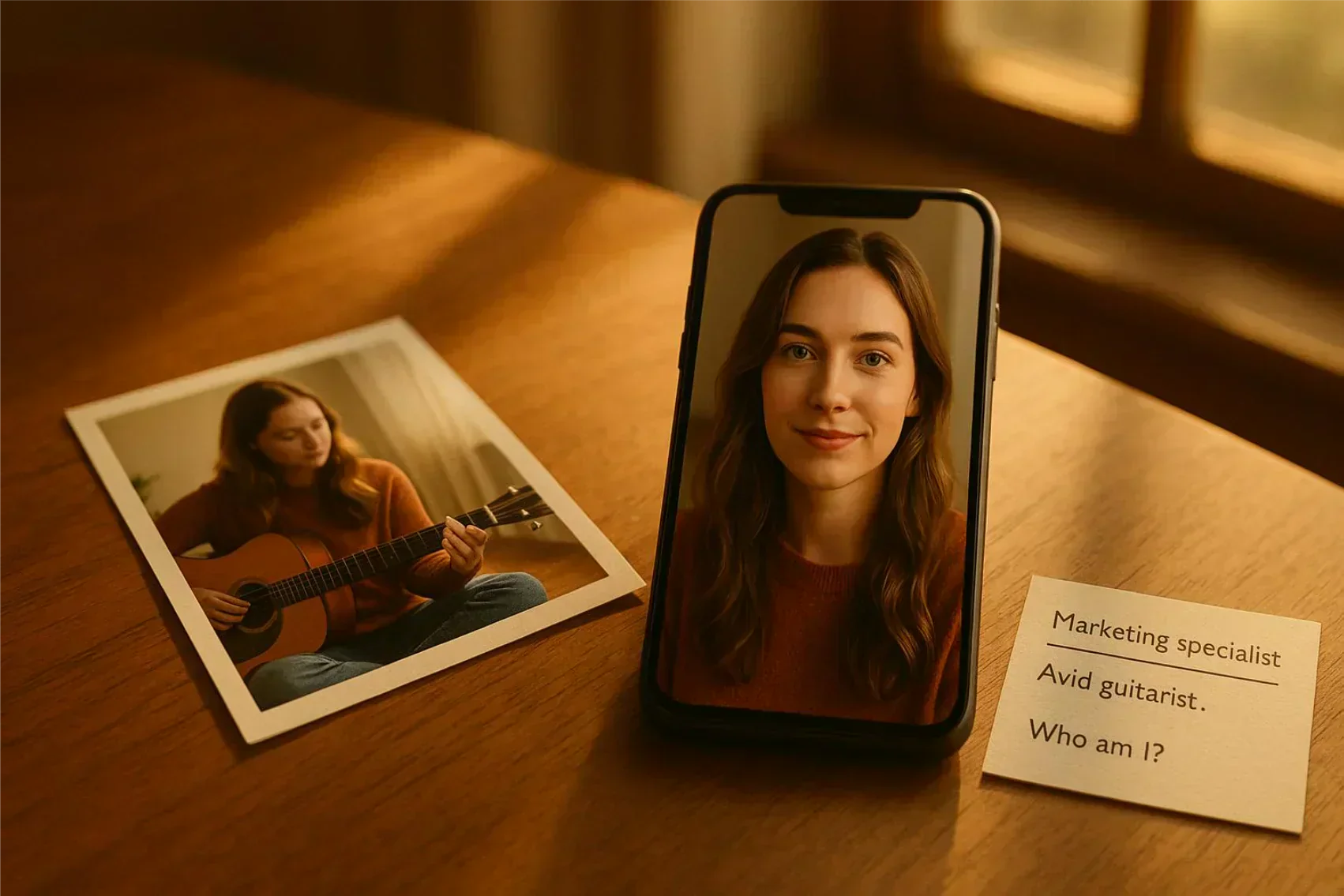
How to Turn Small Talk Into a Date: A Practical Roadmap
Published on 7/4/2025 • 6 min read
Ever had a great chat that fizzled just when you could have asked them out? Me too — more than I care to admit. Over dozens of attempts (I tracked about 50 recent asks), I learned what works: timing, specificity, and a few small moves that turn rapport into a meetup. My conversion rate across those tries was roughly 30% — enough proof that this approach works when you match momentum to the right language.
This guide gives a clear, four-stage roadmap, real phrasing you can use, concrete cues to watch for, and a short tactical playbook to keep the momentum. I also note where I’m recommending a tool (Rizzman Conversation Escalation Mapper) and disclose there’s no financial relationship — it’s one tool I found helpful, not a required step.
Why escalation matters (and why so many get stuck)
Small talk is social grease, but it rarely becomes anything deeper without an intentional nudge. People stall for three main reasons: fear of rejection, overthinking the perfect line, or missing green-light cues.
Quick personal example: I once stalled for two weeks after a great exchange about pizza and travel. I sent a vague “we should hang” message and got crickets. Lesson: specificity and timing beat bravado. Across those 50 tracked asks, the ones tied to shared specifics (a band, a restaurant, an event) converted at about twice the rate of vague invites.
Conversation escalation isn’t manipulation — it’s attentive, direct steering. Done right, it feels easy for both people.
The four-stage roadmap I use
Below is a simple framework that mirrors how conversations naturally deepen. Each stage has a clear objective, cues that it’s time to move on, and practical ways to pivot.
Stage 1 — The Opener: Mastering small talk
Objective: Establish low-pressure rapport and confirm basic interest.
Open for curiosity, not interrogation. Use observations that invite a story (about a photo, hobby, or weekend). Tiny profile details show attention.
Micro-playbook:
- Ask one open-ended question that invites a short story.
- Share a light, two-sentence reaction.
- End with a question that naturally continues the thread.
When to move on: they reply with multi-sentence answers, ask you questions back, and match your tone.
Stage 2 — The Bridge: Finding common ground
Objective: Move from facts to shared interests and stories.
Share a short, relevant anecdote to encourage reciprocity. People tend to mirror disclosure — give a little, and they’ll give a little back.
How to do it: link their comment to a concise personal example (2–3 lines), then ask a why or preference question.
When to move on: the exchange flows and you spot multiple shared interests.
Stage 3 — The Deep Dive: Building trust and connection
Objective: Test whether you click beyond common likes by sharing slight vulnerability.
Short, genuine vulnerability disarms. Try a single-sentence personal take that reveals taste, hope, or a small value — then invite their view.
Techniques:
- Be the first to share a small personal detail.
- Compliment insight or personality, not just looks.
- Use inclusive language that creates a tiny shared world.
When to ask: expressive replies, inside jokes, or comments implying future interaction.
Stage 4 — The Ask: Propose a meetup naturally
Objective: Confidently—yet casually—propose a low-pressure meeting.
People freeze here. The trick: be specific and tie the invite to something you already discussed.
How I frame it: name a place or activity connected to your conversation and offer a narrow time window.
Example: “You love spicy food — there’s a new Thai place I’ve been meaning to try. Free Friday evening?”
When to act: multiple positive cues (see next section) and conversational energy that feels current.
Reading the cues that mean “ask now”
Text cues I watch for:
- Speed + length: quick, thoughtful, multi-sentence replies.
- Question ratio: they ask you as many questions as you ask them.
- Initiation: they sometimes start new threads.
- Expressiveness: matching emoji/GIF use and tone.
- Future language: inside jokes or “we should” statements.
In person: open body language, sustained eye contact, laughter, and lingering conversation.
If two or more cues line up, treat it as “now or soon.” Reminder: cues are probability nudges, not guarantees.
Words that land: natural phrasing (not rehearsed)
Tie your ask to the conversation. Here are go-to phrasings depending on momentum.
Shared interest:
- “You mentioned you love spicy food. There's this new Thai place I've wanted to try. Interested in joining me sometime this week?”
- “We’re both obsessed with [band] — they’re playing at [venue] next month. Want to go?”
Casual, low-pressure:
- “I’m enjoying this chat — want to continue it in person? Coffee or a drink next week?”
- “This might be forward, but I think we’d click in person. Want to grab a drink soon?”
Confident and direct:
- “Alright, I’m sold. I want to take you on a date. How’s Thursday night?”
Avoid vague lines like “we should hang sometime.” They create friction and rarely convert.
Ask without sounding needy or robotic
Aim for assertive-but-casual: clear intent, flexible timing, and a reference to something you discussed.
Common mistakes I learned from:
- Waiting too long after a lively exchange.
- Asking during low-energy moments (short one-liners or late-night emoji-only replies).
- Being vague instead of offering specifics.
- Treating the chat like an interview — keep reciprocity.
If they hesitate: offer two concrete windows or say, “No worries — how about next weekend? I can send a couple times.” That keeps it easy.
Handling yes, no, maybe, and ghosting with dignity
If they say yes: confirm logistics, send a brief upbeat message the day before, and relax.
If they say maybe/reschedule: offer two concrete windows and ask which they prefer. Repeated vagueness is often a gentle no.
If they say no: thank them for honesty and leave the door open for friendly chat if you want. Example: “Totally get it — thanks for being straight up. I enjoyed chatting.”
If they ghost: one light follow-up is fine. After that, step away. Don’t double-text long paragraphs.
Short tactical habits that raise your success rate
- Remember specific details they shared and bring them up later.
- Make it easy to say yes: offer 2 time options instead of open coordination.
- Match their communication style: GIFs if they use GIFs, simpler messages if they’re concise.
- Keep message length balanced — match their energy.
Mini checklist (quick reference):
- Is the conversation multi-sentence and reciprocal? If yes, keep building.
- Have you shared a short personal anecdote? If no, add one now.
- Tie your ask to a shared interest and give 2 time options.
When to use the Rizzman Conversation Escalation Mapper (disclosure included)
I mention Rizzman because it helped me prioritize which chats to escalate during a hectic stretch. Disclosure: I’m not paid or affiliated; it’s simply a tool I used. If you prefer structure, a conversation-mapping tool can suggest timing and phrasing tailored to your chat’s tone.
I removed a direct download CTA here intentionally — treat the tool as optional. Use it only if you want an outside check on momentum and phrasing.
Real examples (what I actually said and outcomes)
The music match: We swapped band recs for three days, her messages were animated, and she suggested playlists. I said: “You’re making killer rec lists — want to compare top 5s over a drink? Free Friday?” She said yes. Outcome: great first date with an instant topic.
The cautious texter: Short replies and long pauses. I asked too soon and she declined. Outcome: respect the pace — move on.
The in-person spark: We chatted at a party for an hour. Laughter and eye contact were strong. I suggested a nearby late-night coffee walk. She smiled and agreed. Outcome: smooth transition from chat to meetup.
Across my tracked tries, specificity (named places, times) and tying the ask to a shared interest roughly doubled my conversion compared to vague invites.
Personal anecdote
A few years ago I spent a month experimenting with every phrasing I could think of. I tracked 50 asks across apps, texts, and in-person chats. One memorable sequence: a bike-rack conversation about vintage cameras turned into a three-day playlist exchange, which then led to my specific invite—“There’s a tiny coffee shop near the gallery that has a photo zine night. Want to check it out Friday?” The momentum felt natural because we’d already shared a few small stories and matched tone. The date went well; we had an instant thread (cameras and playlists), and it felt like an extension of the chat, not a performance. That experiment taught me two things: map the conversation before you ask, and always tie the ask to a concrete thing you both mentioned.
Micro-moment
On a busy Tuesday I messaged: “This chat’s fun — coffee Thursday?” She replied within ten minutes with a GIF and “Yes!” The whole exchange took under two minutes and felt painless for both of us.
Final thoughts: make the approach yours
Turning small talk into a date is less about memorized lines and more about an attentive, decisive style. Notice cues, share a short story, tie the ask to something you both care about, and be specific. Practice makes it easier — and more enjoyable.
Go into your next chat with curiosity, a short story ready, and a clear, specific suggestion when the moment feels right.
You don’t need to be smooth; be thoughtful and decisive. That’s the real rizz.
Ready to Optimize Your Dating Profile?
Get the complete step-by-step guide with proven strategies, photo selection tips, and real examples that work.


